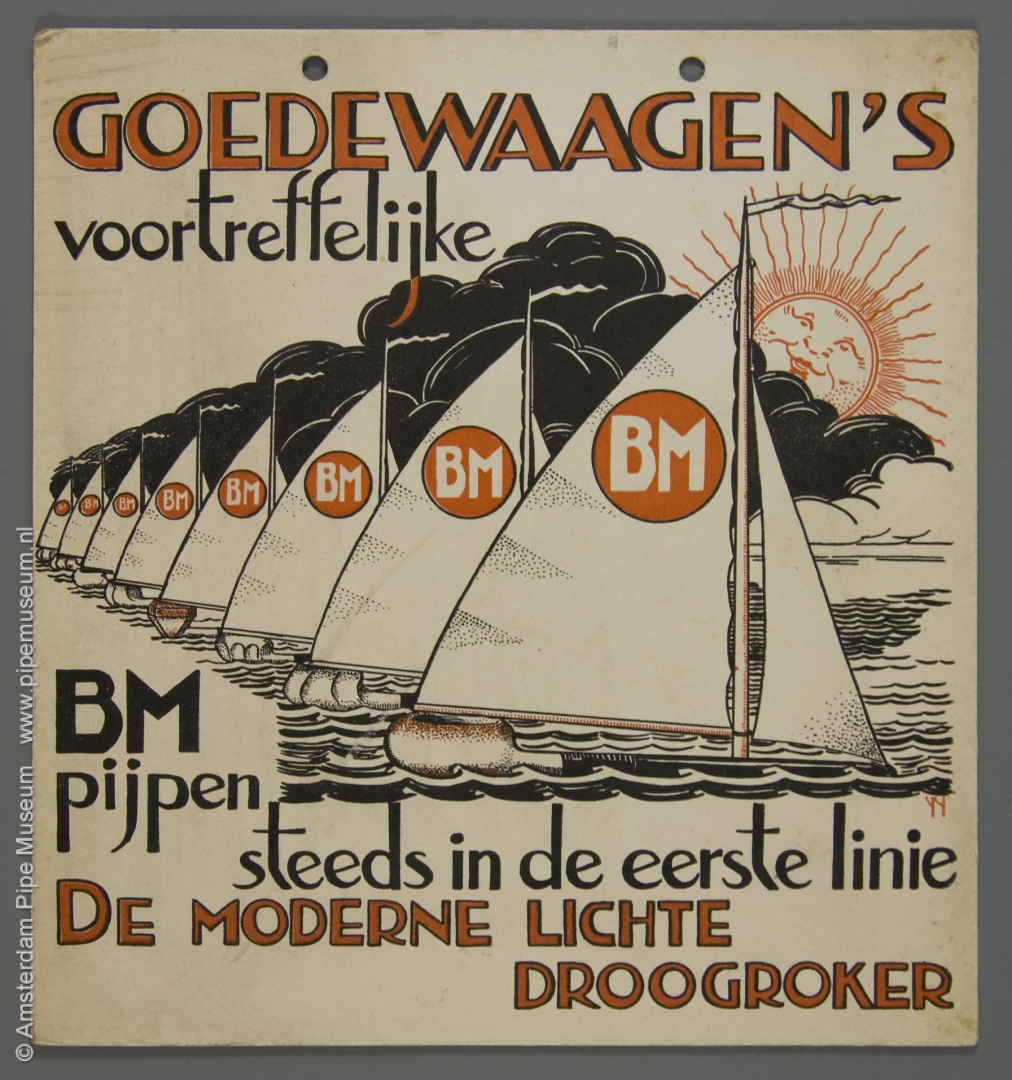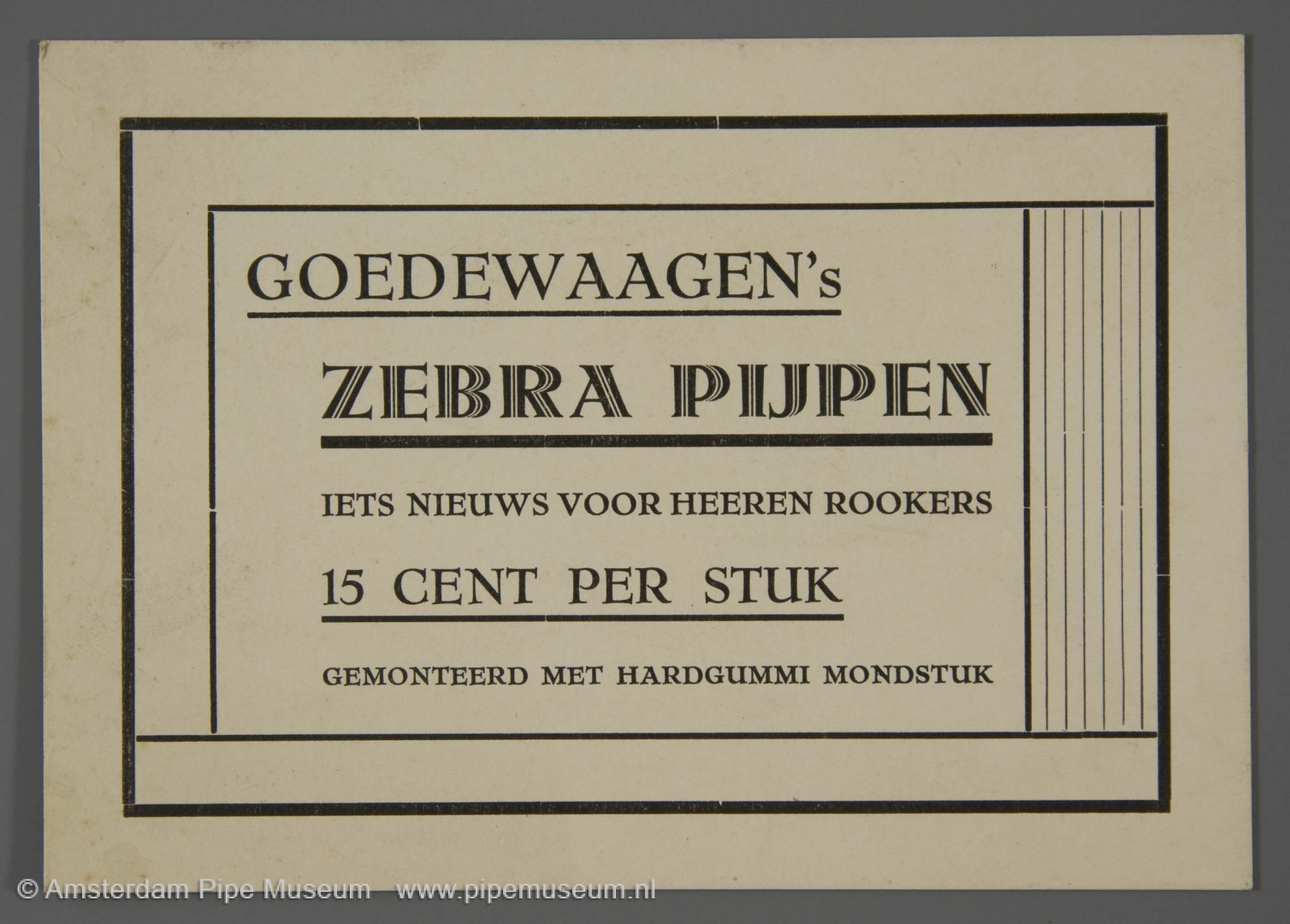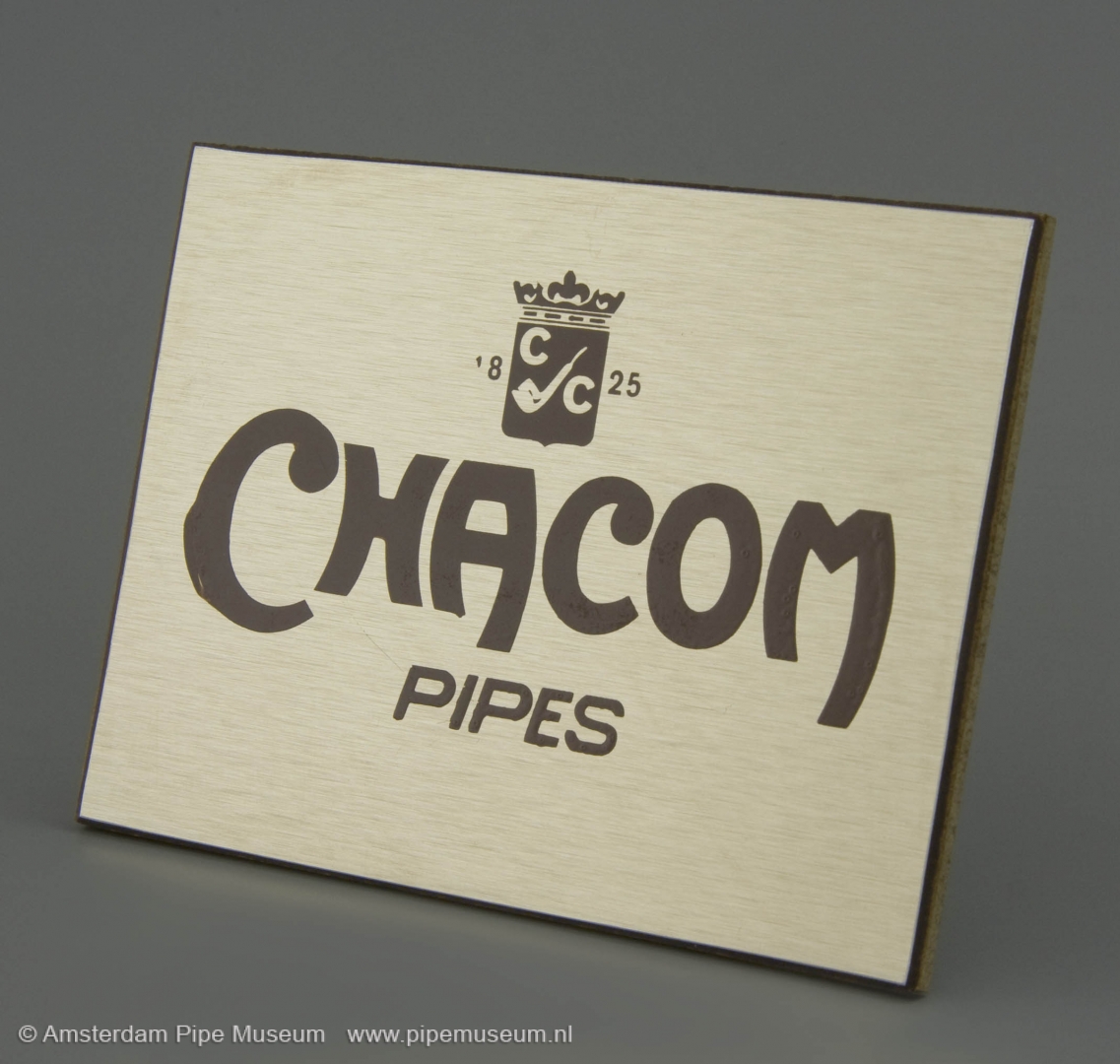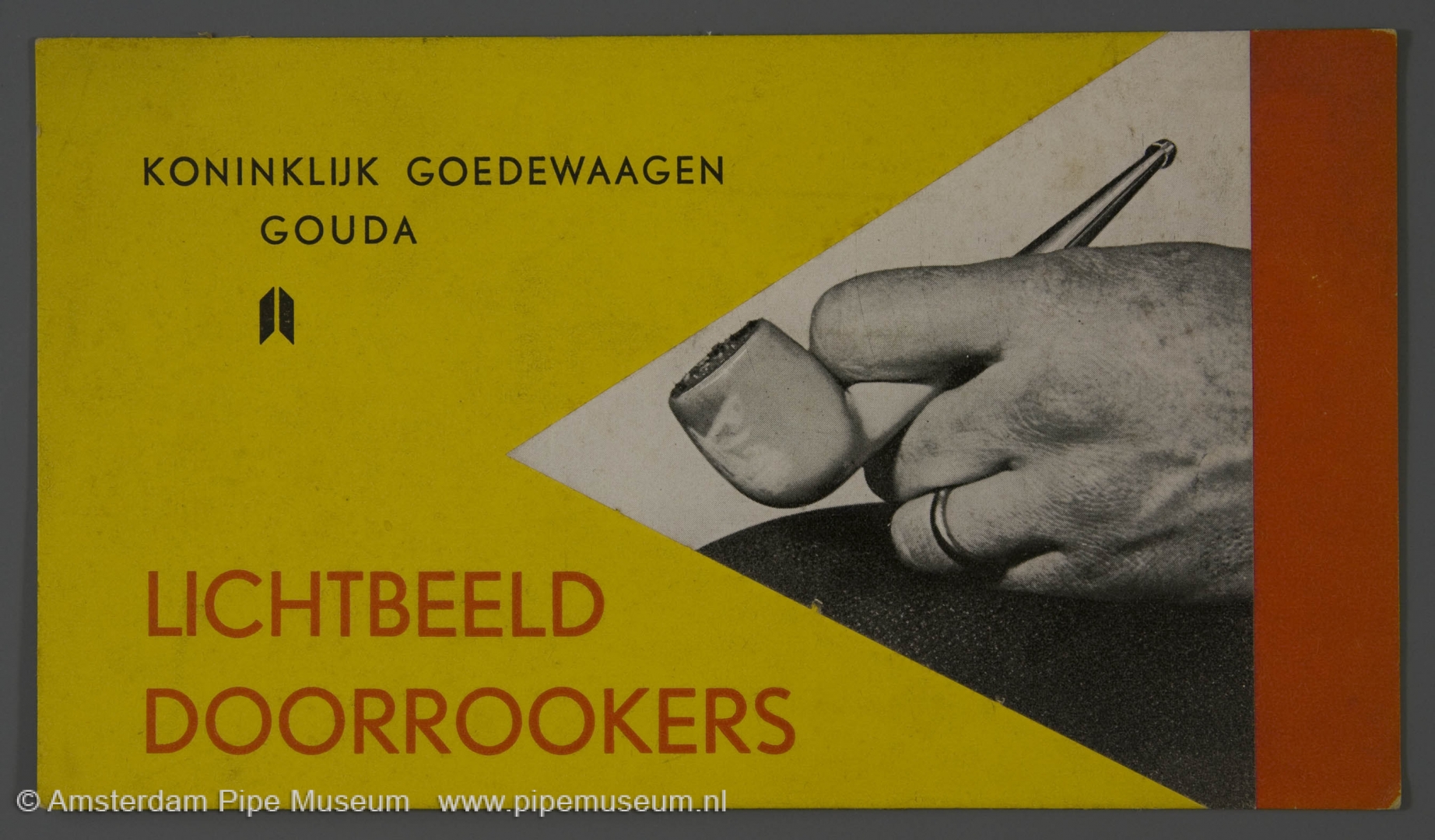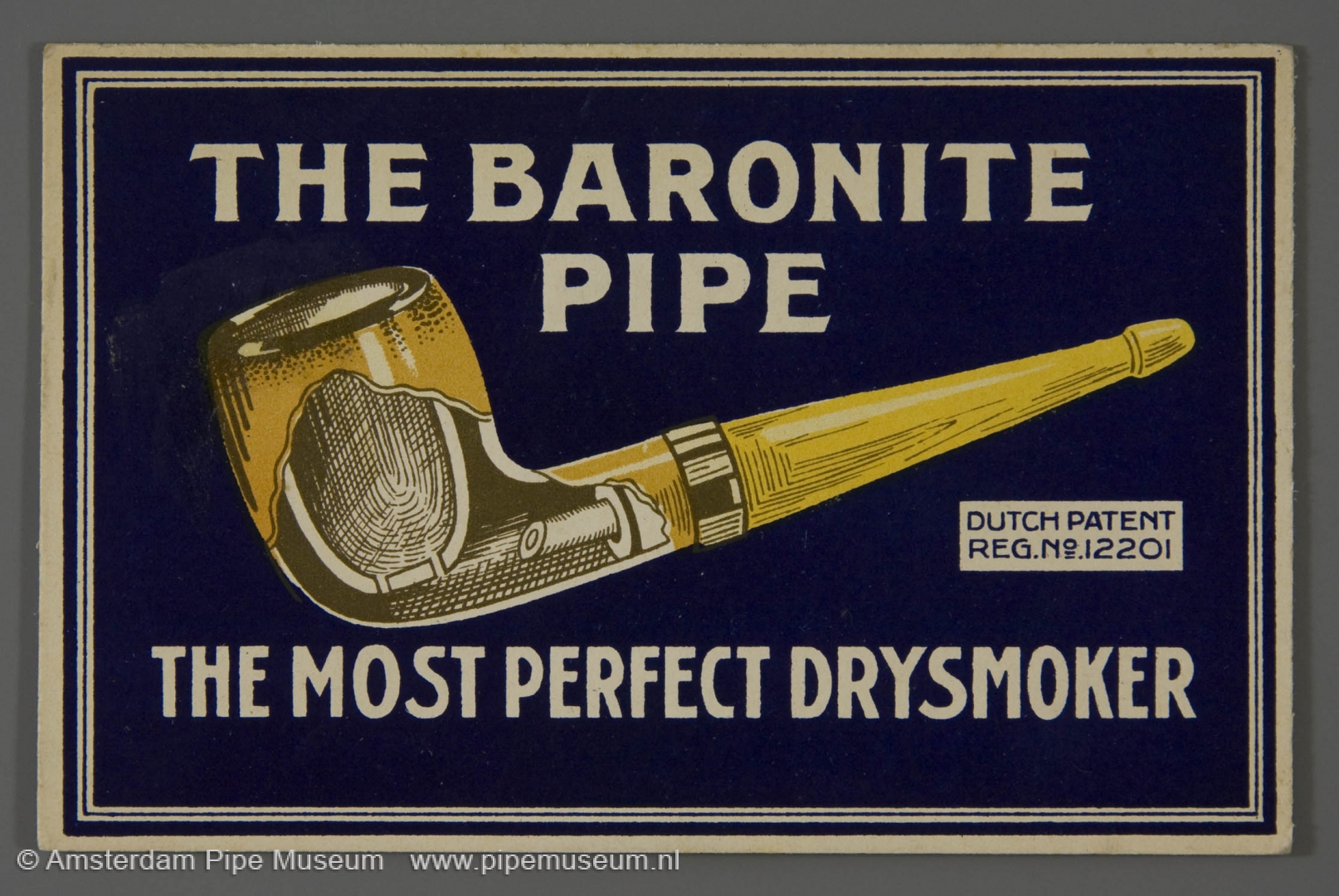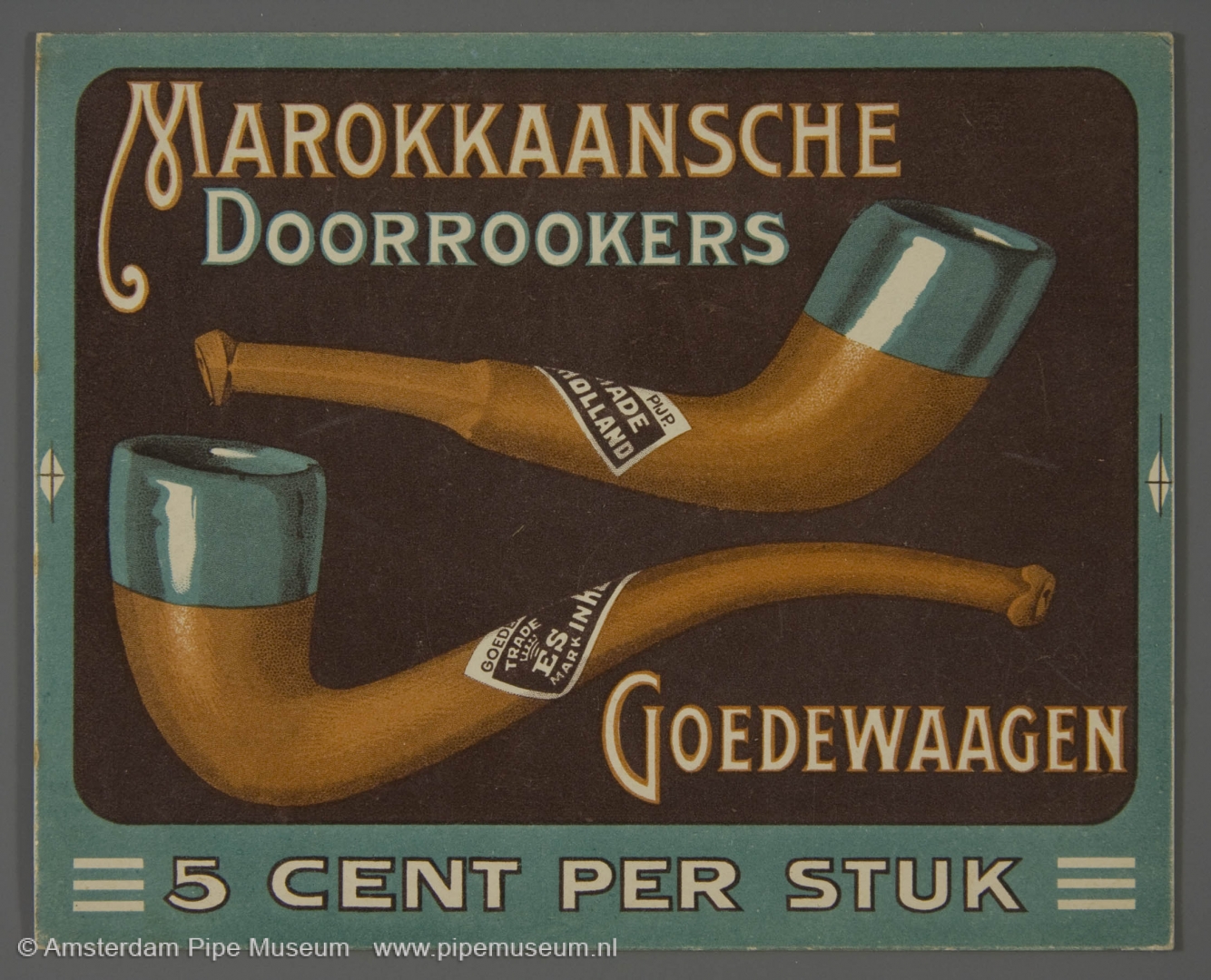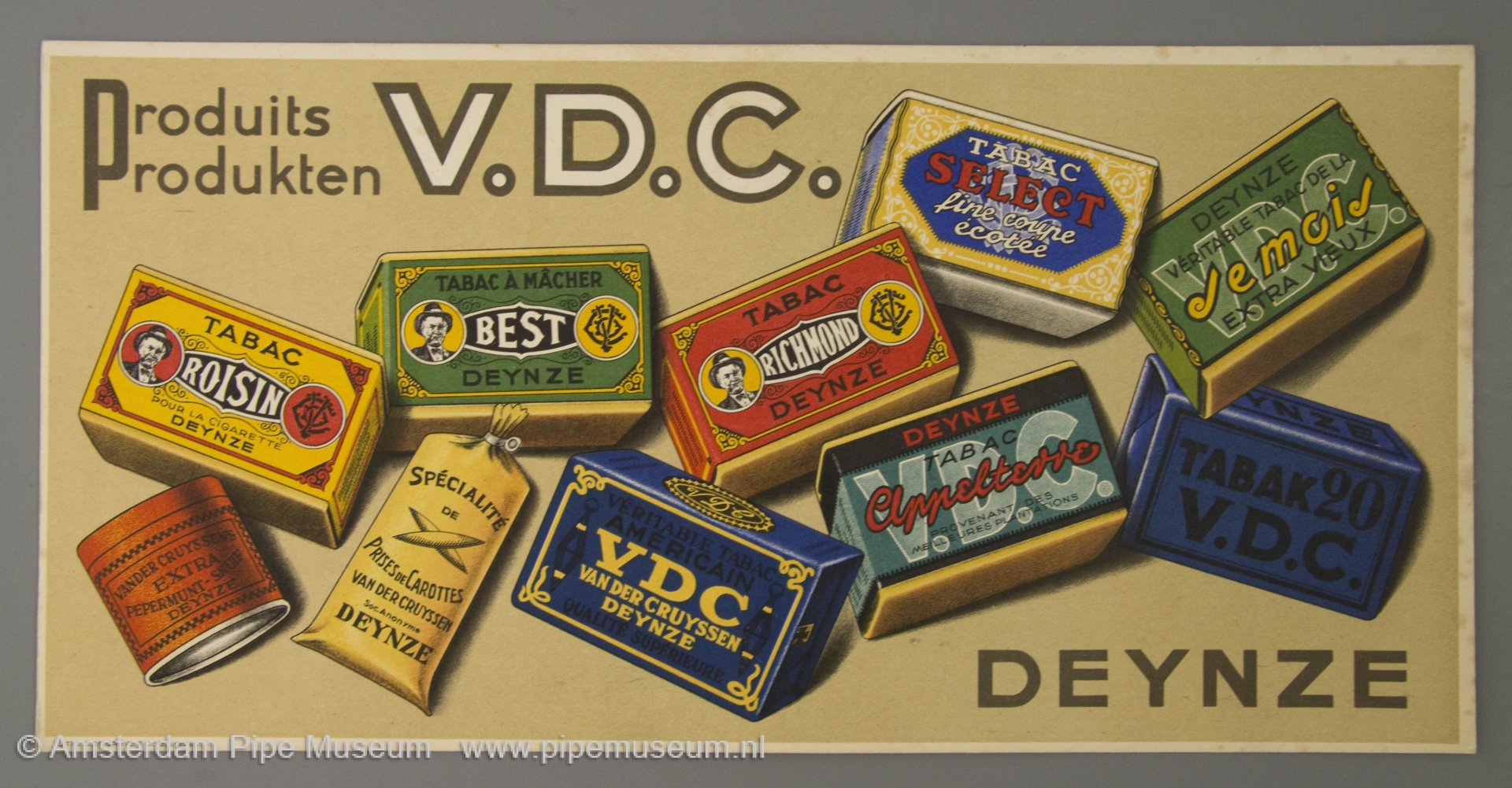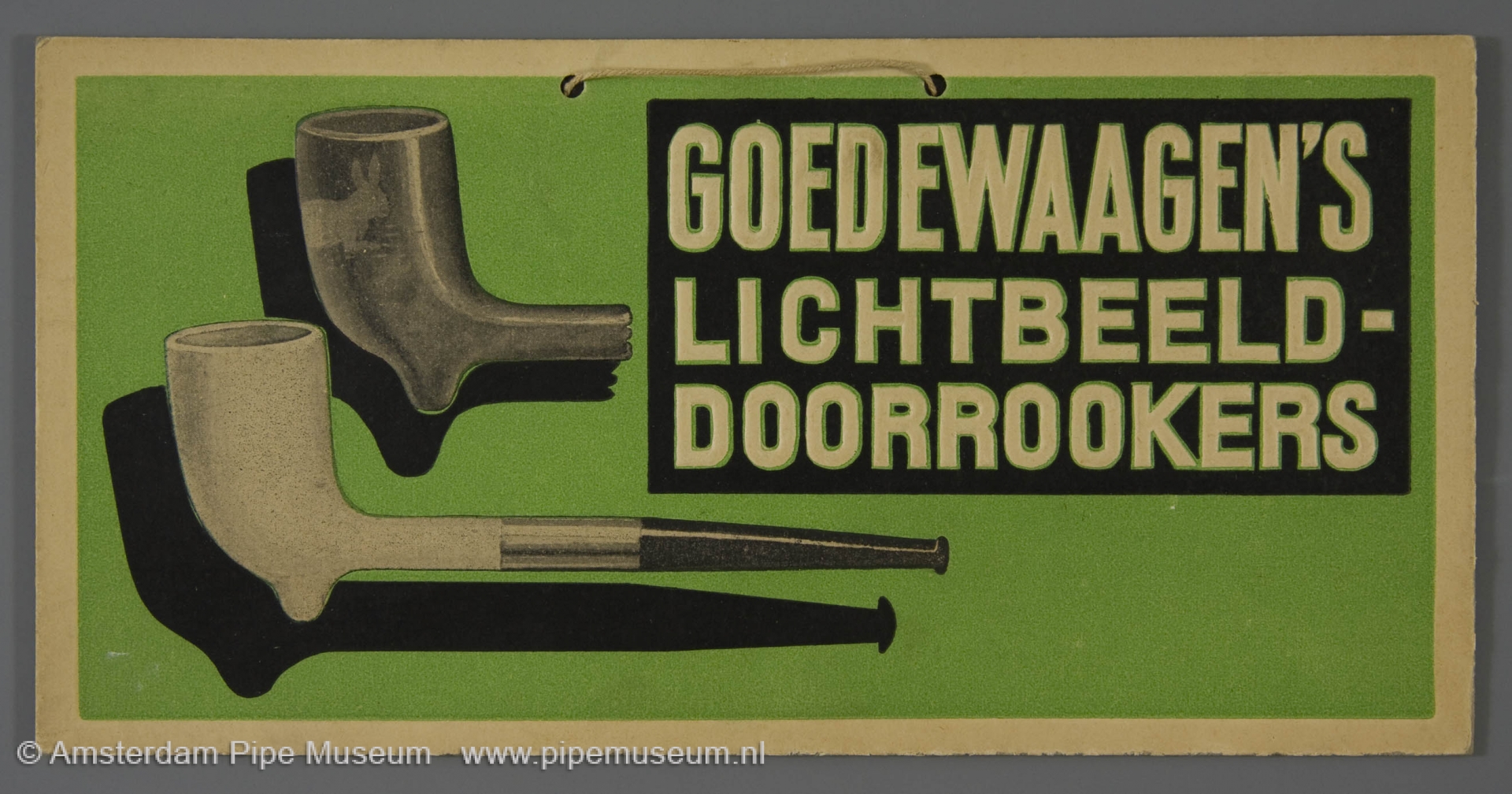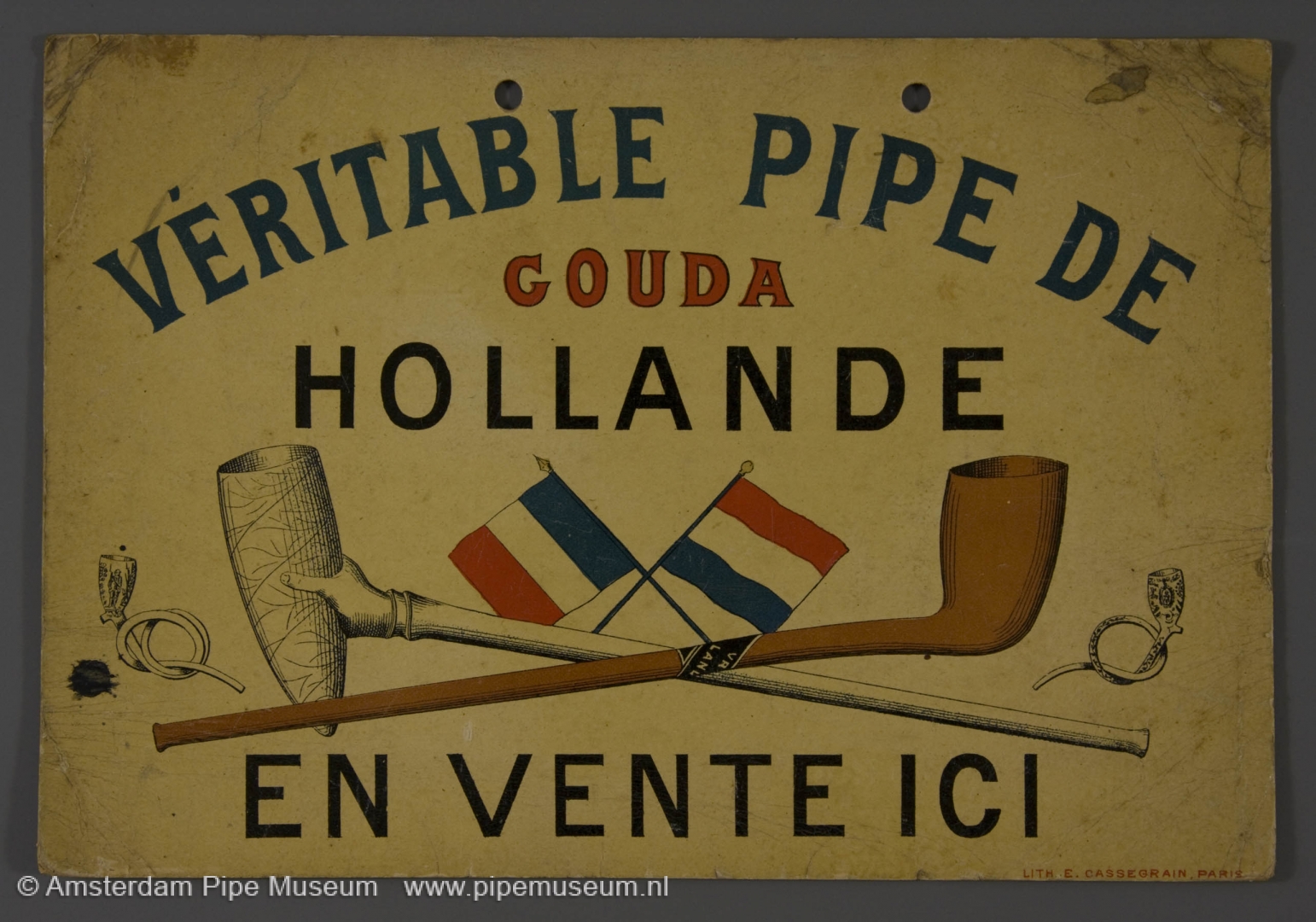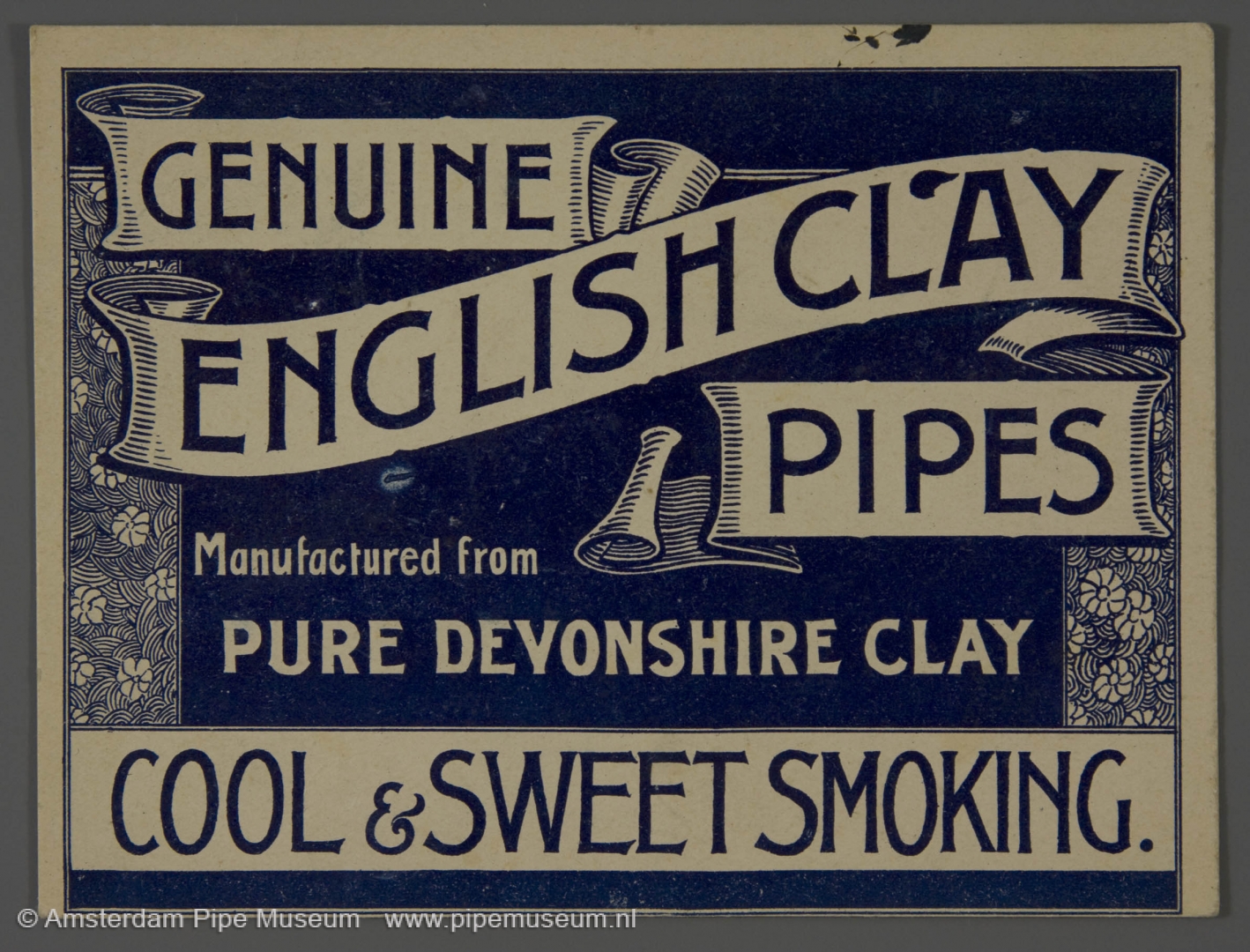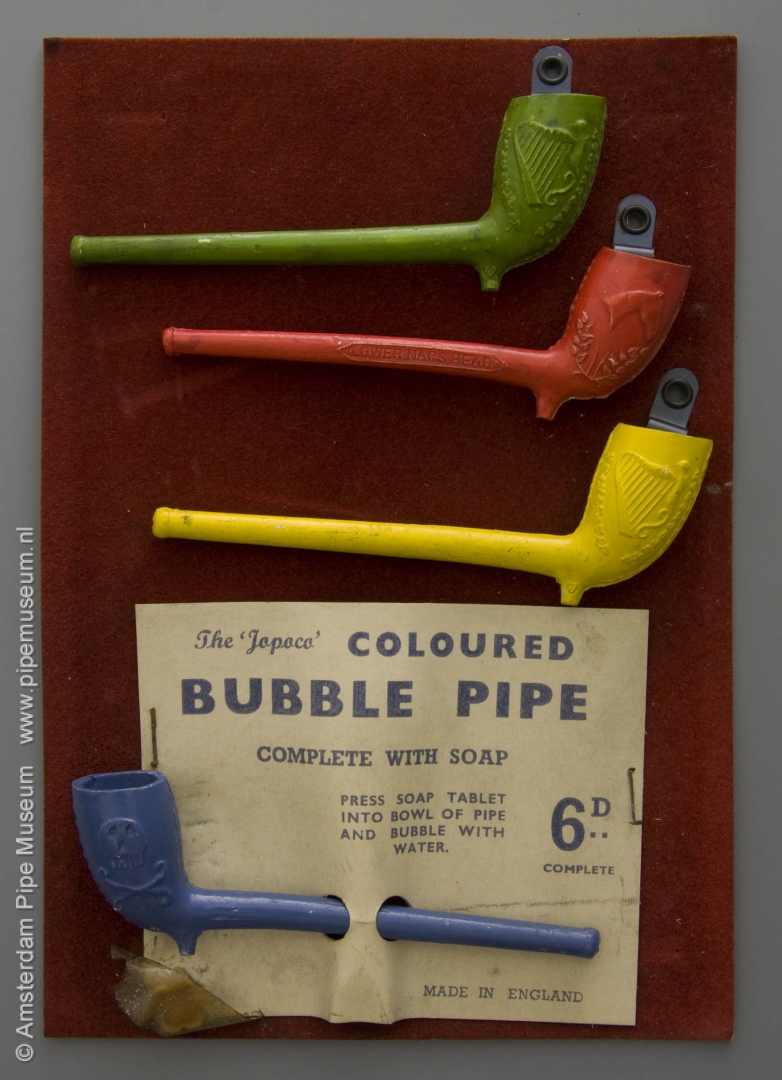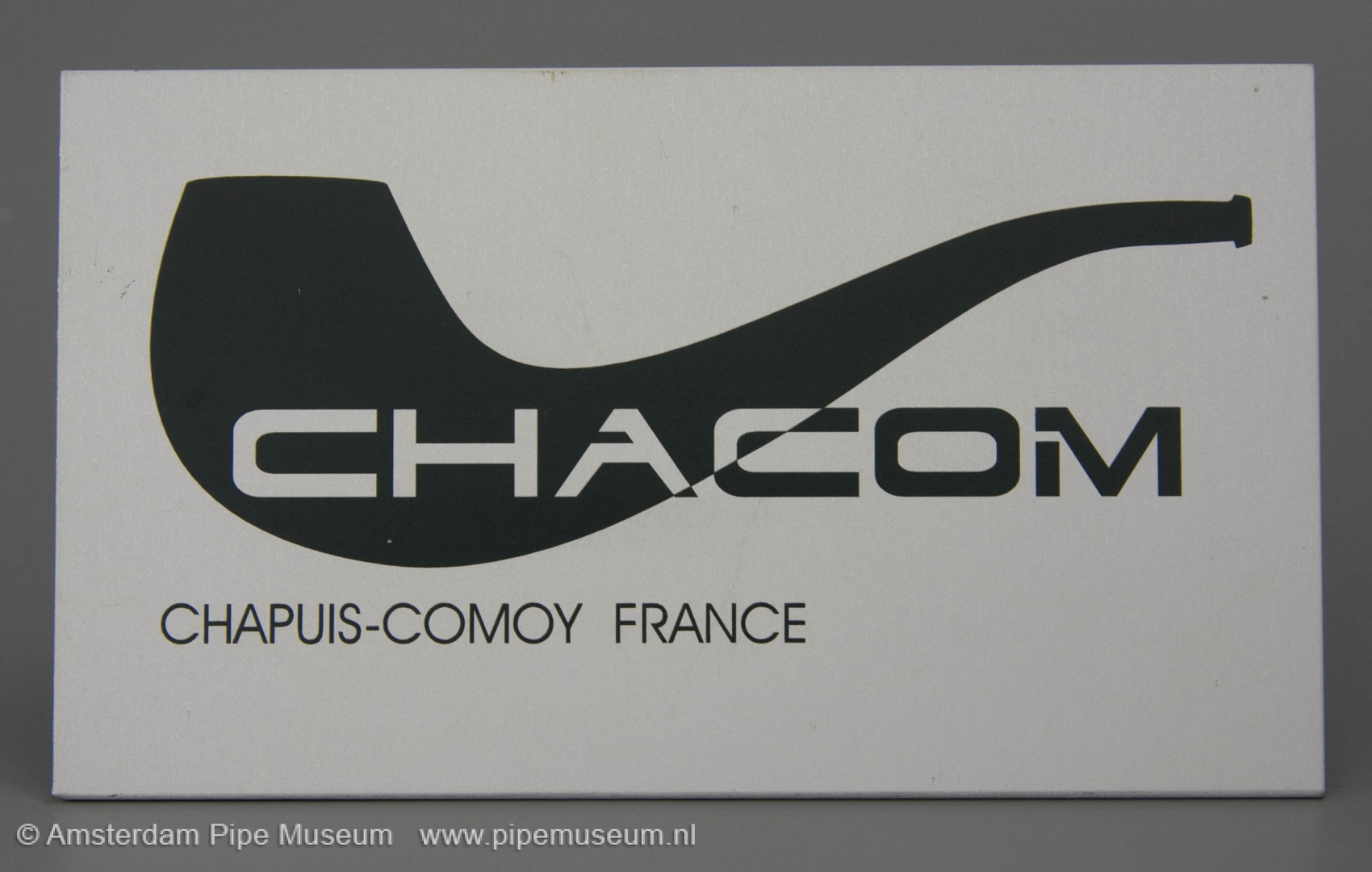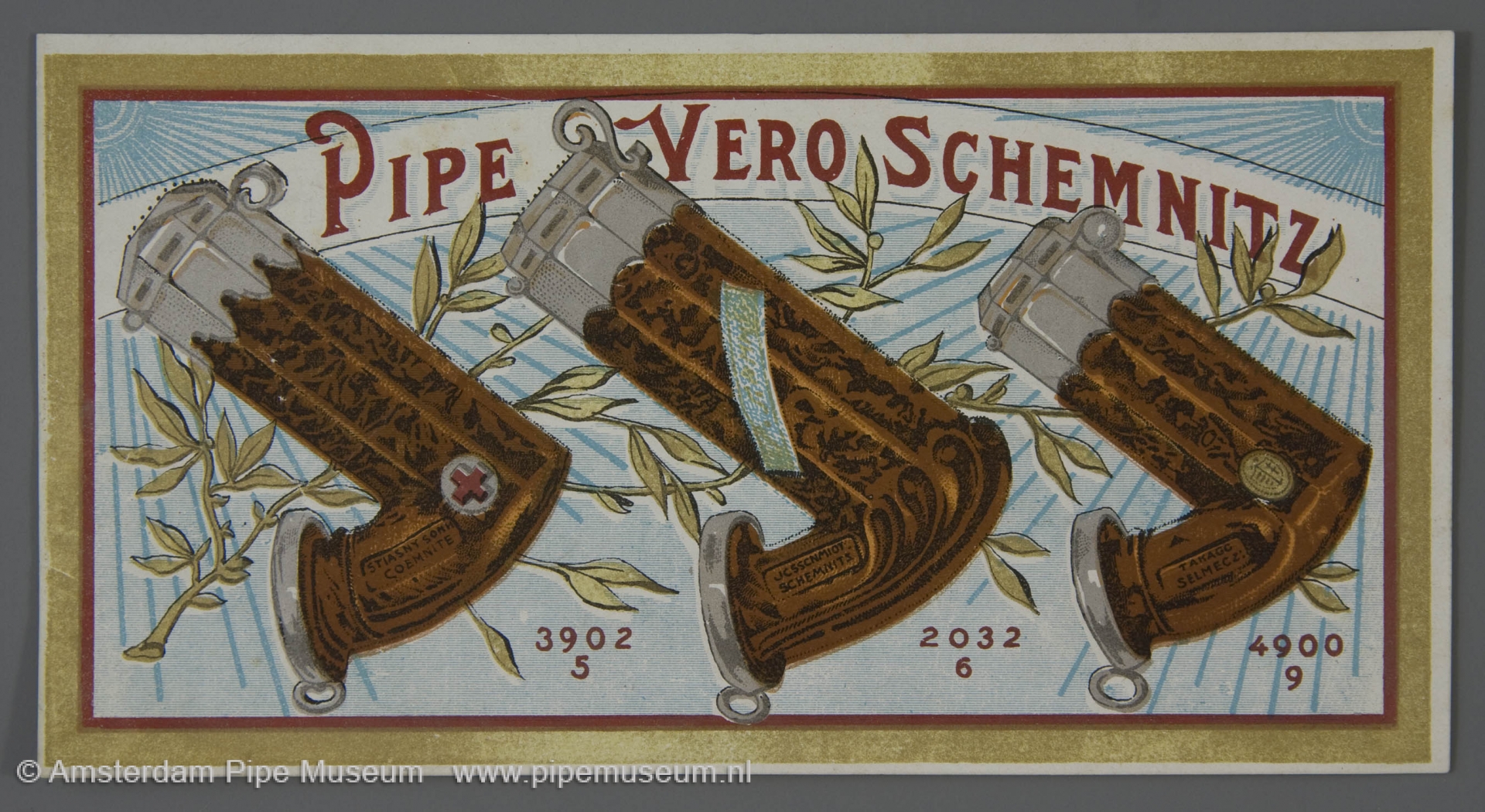Store cards
For every maker and manufacturer, sales are a decisive part of the production process. The maker has to enter the market to sell his product. In the past, personal visits by a traveling salesman or sales representative used to be the most common. He went to the store showing some samples to arouse interest. In addition to the products, a model book or catalog came into use to show and advertise the variety in assortment.
In the nineteenth century, shop posters came into use. Printed matter showing the items along with a clear indication of the manufacturer's name. When the shopkeeper put that up, the manufacturer had a wonderful advertisement. A little later, store cards appeared, cardboard signs with a hanging hole, that were placed in the shop or shop window in order to give the customer new thoughts. By coincidence, such signs were sometimes preserved. They give us an idea of the ever-changing topicality in the product range.
From this collection of shop signs we read the development in graphic design, from purely textual to more visual with drawings and later photos. But we also learn that the fashion sensitivity of the product was greater than it appears. The manufacturer always tried to attract attention with new brands, different designs or a changed color scheme. The mystery pipe was very suitable for this, because a new and even very up-to-date picture could easily be pasted on any existing model. Even a new name for an existing product could contribute to the ultimate goal: increasing sales.
